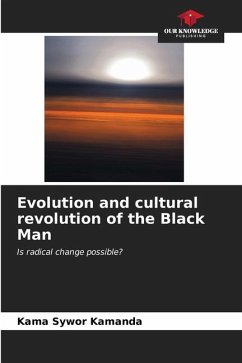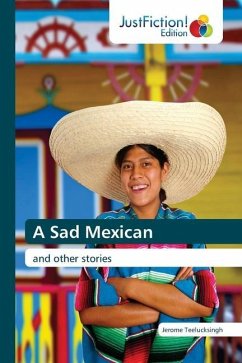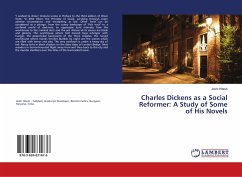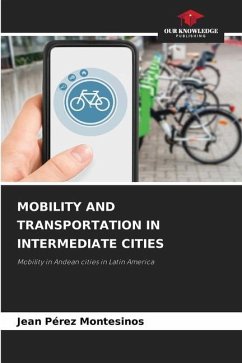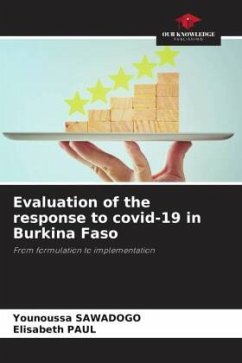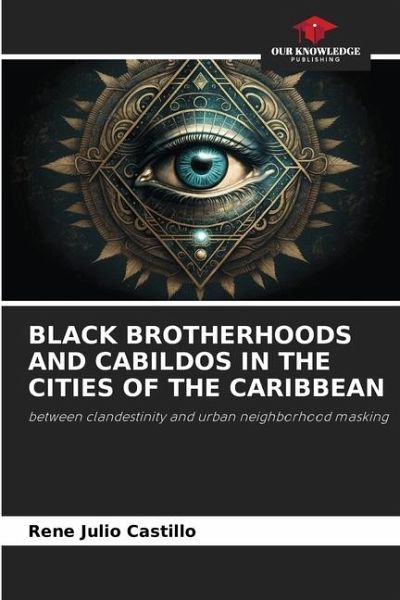
BLACK BROTHERHOODS AND CABILDOS IN THE CITIES OF THE CARIBBEAN
between clandestinity and urban neighborhood masking
Versandkostenfrei!
Versandfertig in 6-10 Tagen
45,99 €
inkl. MwSt.

PAYBACK Punkte
23 °P sammeln!
The book is of great academic value for presenting research results related to blacks in the cities of the Caribbean since slavery. Concepts are clarified and are available to be applied in the studies and analysis of buildings and urban areas with historical traces left by the intervention of this population group of artisans. It starts from the conception of cabildos and brotherhoods with a cultural sense, where the richness of these organizations was not in the saying and discovering of their folklore, witchcraft, customs, habits, customs and dances of the African descendants; but in the cr...
The book is of great academic value for presenting research results related to blacks in the cities of the Caribbean since slavery. Concepts are clarified and are available to be applied in the studies and analysis of buildings and urban areas with historical traces left by the intervention of this population group of artisans. It starts from the conception of cabildos and brotherhoods with a cultural sense, where the richness of these organizations was not in the saying and discovering of their folklore, witchcraft, customs, habits, customs and dances of the African descendants; but in the craft of construction and in the values of fraternity. The value of the book is highlighted because of the incipient nature of the subject linked to urban culture and because there are few architects rooted in education who have written the history of the black builder of the buildings and urban structures of our "multicultural and multiethnic Mediterranean", as the author puts it very well. The ethnographic approach allows for a contextualized approach to the document, revealing a rigorous and clear methodological process with the communities involved.



